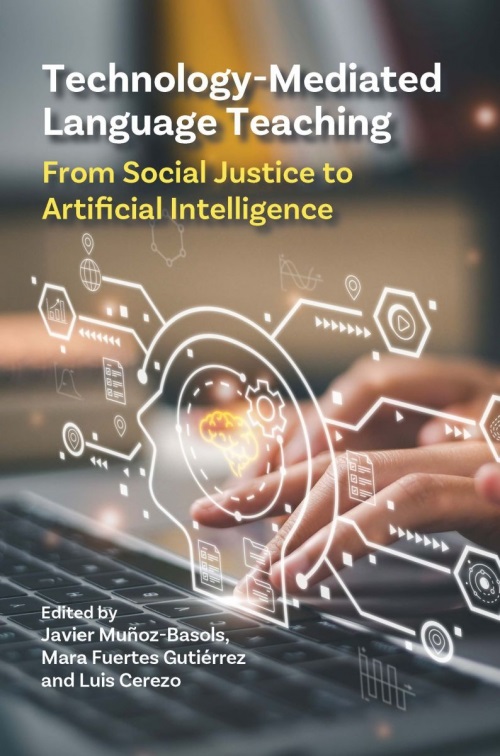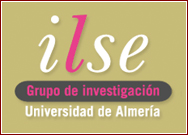Novedad bibliográfica

This volume offers a rich overview of current research and teaching strategies for the integration of technology into language teaching and learning. It introduces the Planning, Personalization and Implementation (PPI) methodological framework to support educators in engaging with the theoretical foundations and innovative practices that should guide the incorporation of technology into their teaching practices.
While Spanish language teaching is used as an example, the recommendations can be applied to any language learning contexts.
The 13 chapters address a broad range of themes including accessibility, curriculum design, teacher attitudes, motivation, anxiety and feedback, and offer guidance on using digital tools such as podcasts, gamification and artificial intelligence. Written by an international group of scholars, this book serves as a roadmap for language professionals to effectively incorporate technology into any learning environment, whether face-to-face, hybrid or online.
This book is available as an open access publication under a CC BY NC ND licence.
Reviews
"A timely addition to the growing scholarship on the impact of digital culture and technology on language education. This collection of essays by leading language specialists provides both crucial theoretical context and a well-structured practical framework for applying insights across a range of topics from assessment, virtual worlds, gamified learning, digital storytelling, access and inclusivity, to a critical engagement with AI. It will be invaluable to anyone considering the future of language teaching and learning in a rapidly changing and increasingly media-inflected pedagogical landscape."
- Paul Spence, King's College London, UK
"This book provides a refreshingly proactive yet comprehensive approach to maximizing the affordances current innovations in technology (e.g. AI) can offer to language teachers. The authors have put together an impressive collection of pertinent topics that include tools to implement a technology-mediated language teaching model. This is an essential resource for any language educator seeking to empower themselves (and their students) in the use of technology to promote learning in the instructed setting."
- Ronald P. Leow, Georgetown University, USA
Figures
Tables
Contributors
Planning, Personalization, Implementation (PPI): Technology-Mediated Language Teaching
Javier Muñoz-Basols, Mara Fuertes Gutiérrez and Luis Cerezo
Part 1: Planning Technology Needs
1 Access to Technology and Social Justice
Melinda Dooly and Anna Comas-Quinn
2 Curriculum Planning and Development in Virtual Environments
Marta González-Lloret
3 Virtual Teachers’ Beliefs, Attitudes and Competence
Inmaculada Gómez Soler and Marta Tecedor
4 Effective Technological Practices and Diversity
Daria Mizza and Fernando Rubio
Part 2: Personalizing Learning and Teaching
5 Motivation and Virtual Learning
Luis Cerezo and Íñigo Yanguas
6 Anxiety and Virtual Learning
Zsuzsanna Bárkányi
7 Interaction in Virtual Learning Environments
Javier Muñoz-Basols and Mara Fuertes Gutiérrez
8 Assessment and Feedback in Virtual Learning Environments
Sonia Bailini
Part 3: Implementing Technology Resources
9 Hybrid and Online Teaching and the Flipped Classroom
Robert Blake, Lillian Jones and Cory Osburn
10 Digital Language Immersion (DLI) and Virtual Exchanges
Carlos Soler Montes and Olga Juan-Lázaro
11 Competences and Language Digitalization: Podcasts and Digital Stories
Ana Oskoz
12 Digital Ludic Pedagogies (DLP): Videogames, Minigames, Extended Realities and Robots
Luis Cerezo and Joan-Tomàs Pujolà
Epilogue: New Technology-Mediated Scenarios
13 Opportunities for Artificial Intelligence (AI) in Language Teaching and Learning
Javier Muñoz-Basols and Mara Fuertes Gutiérrez
Index
Universidad de Sevilla - University of Oxford
<javier.munoz-basols
 mod-langs.ox.ac.uk>
mod-langs.ox.ac.uk>










